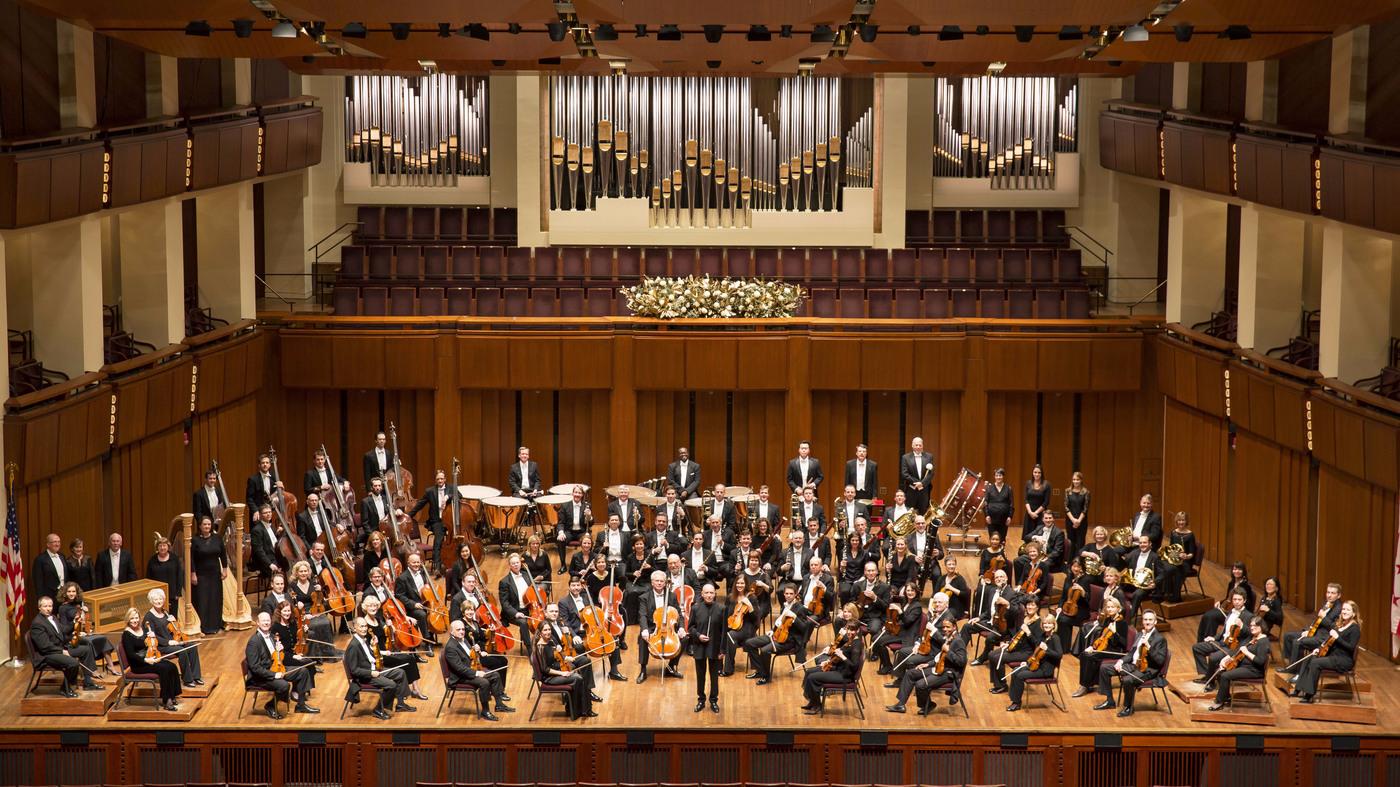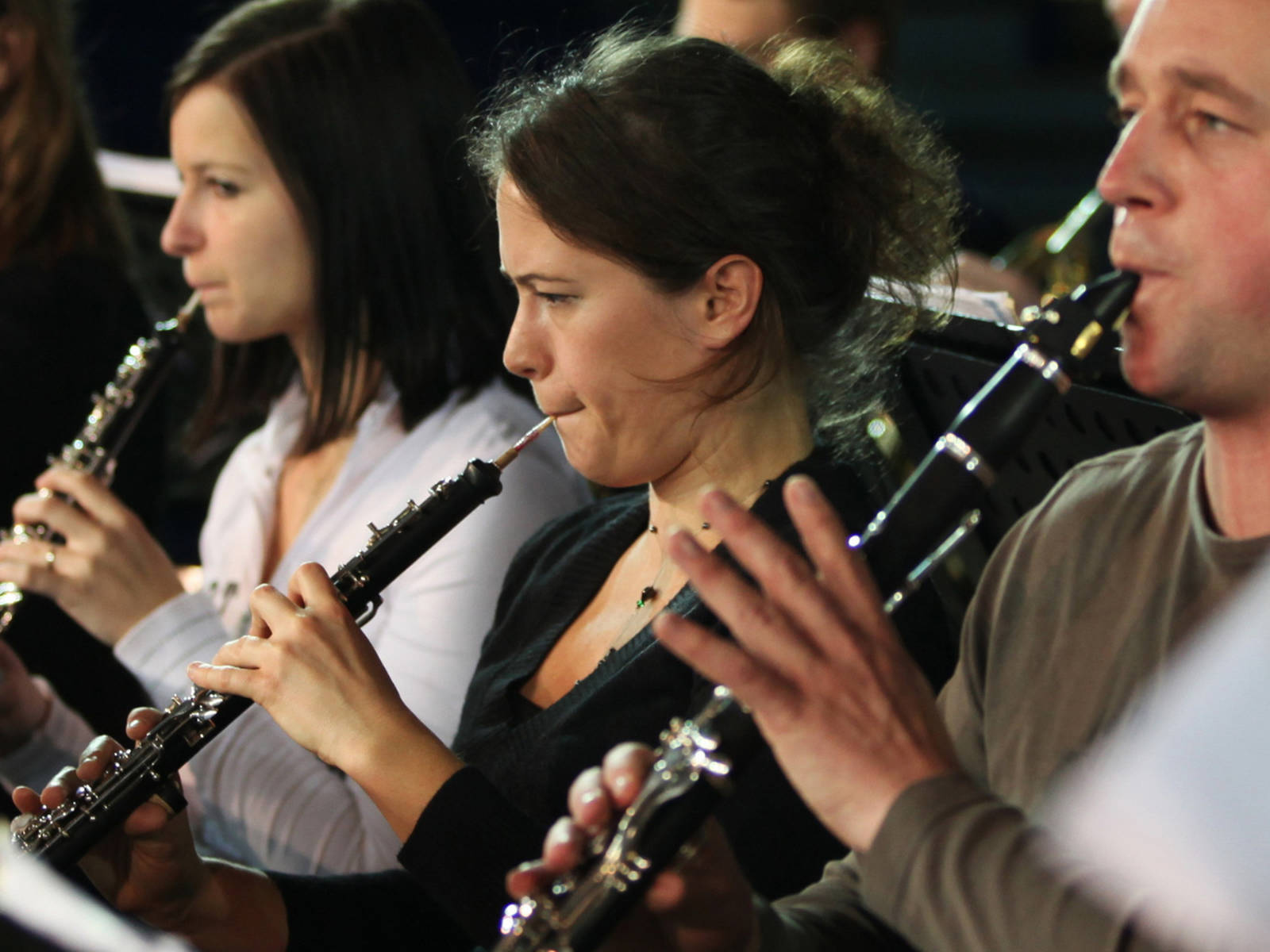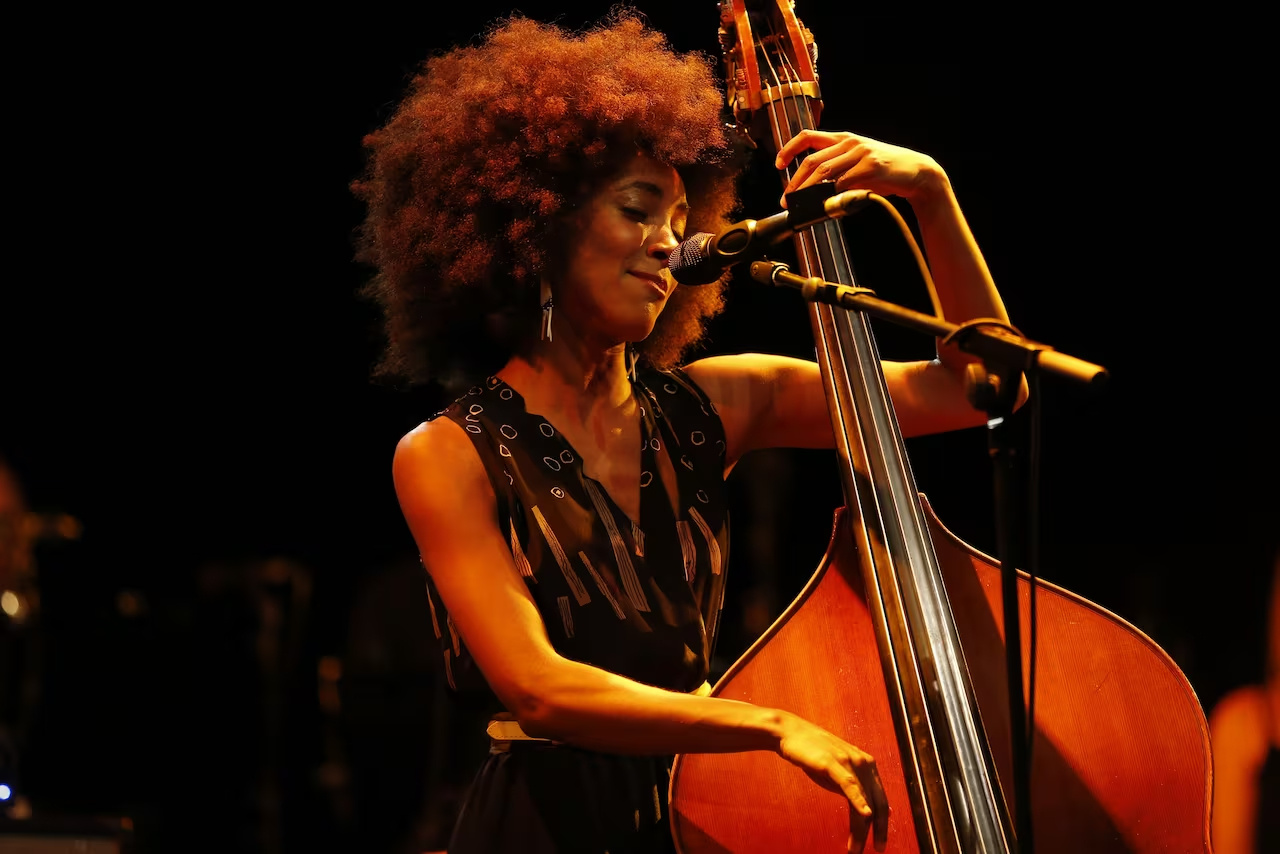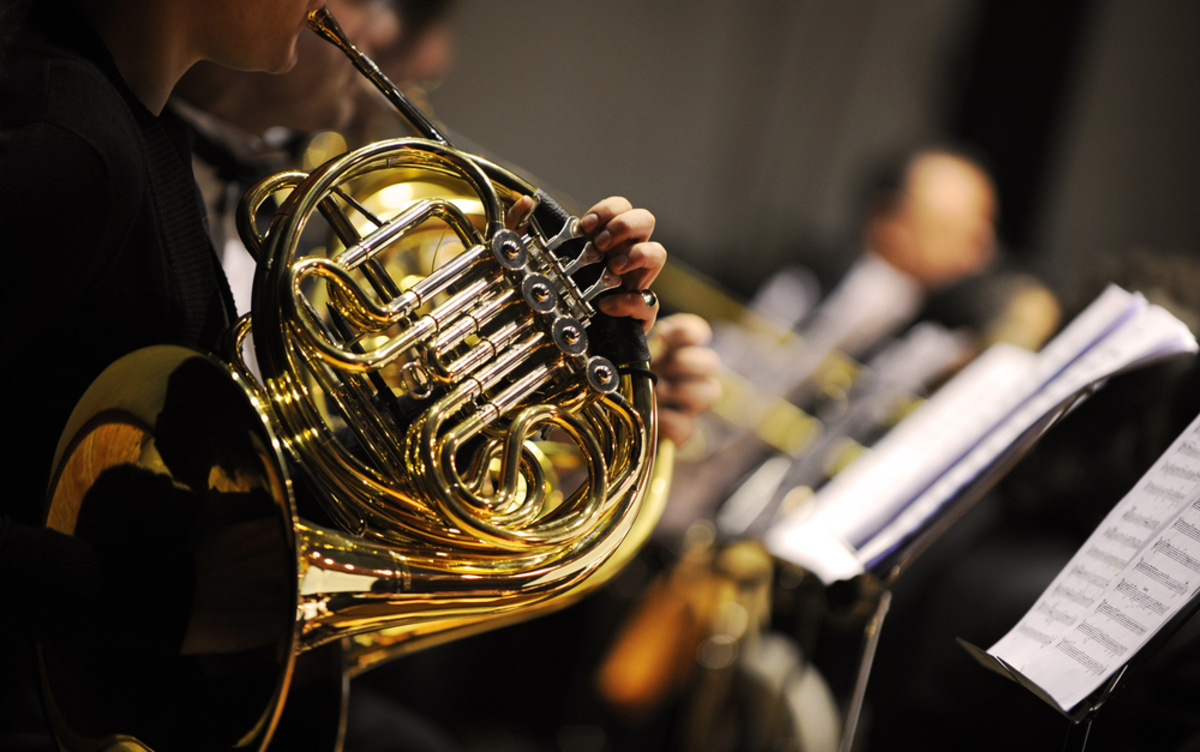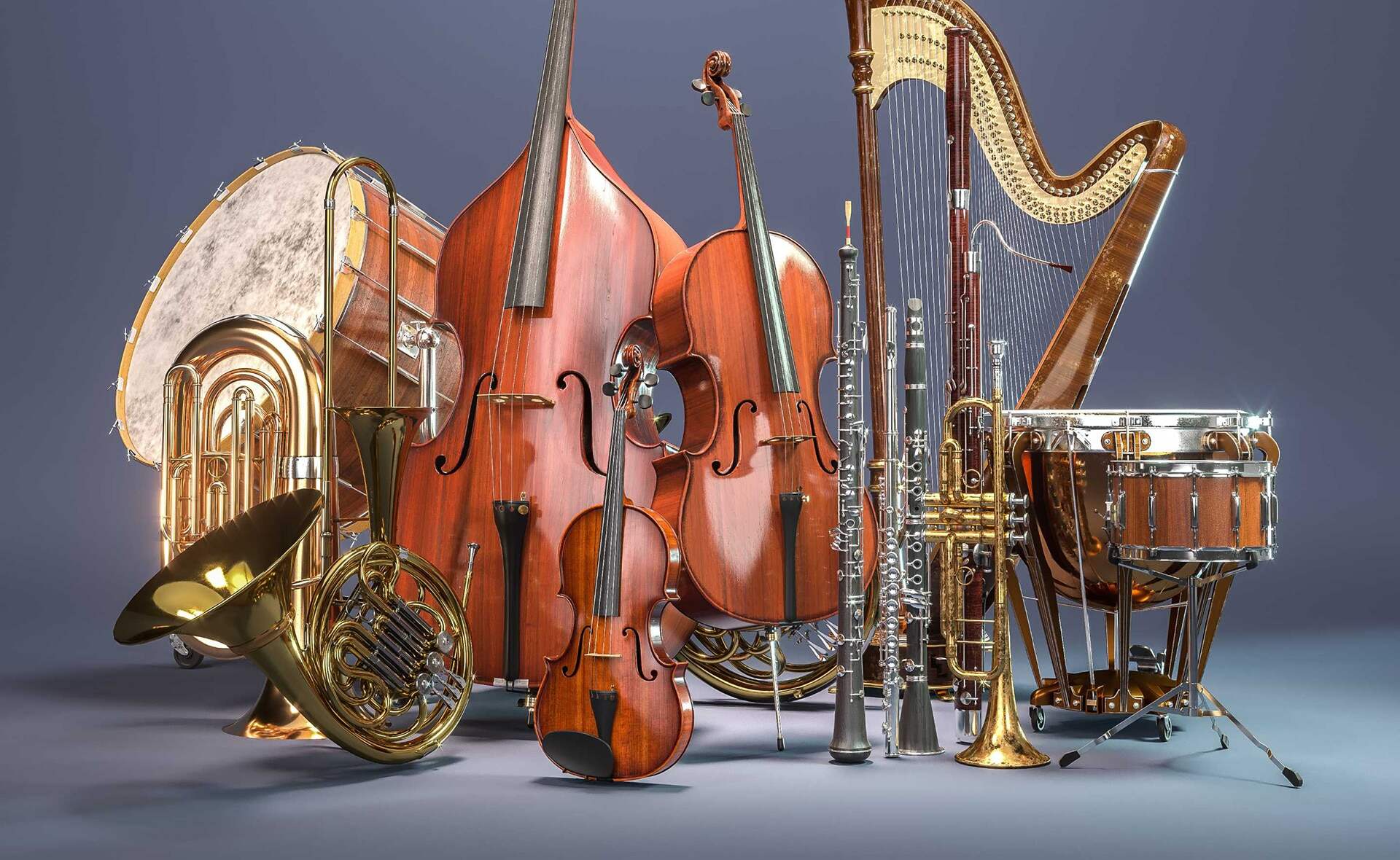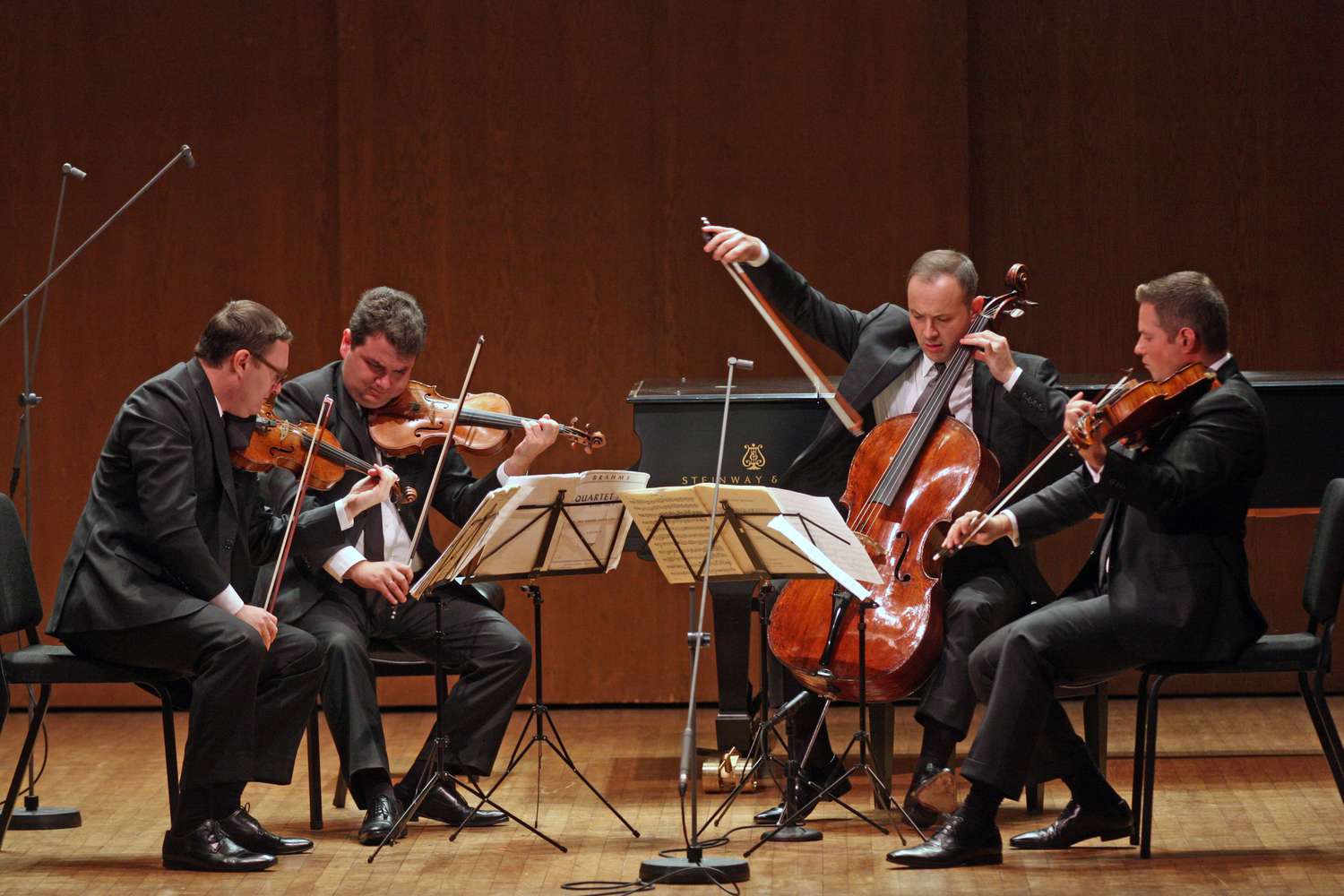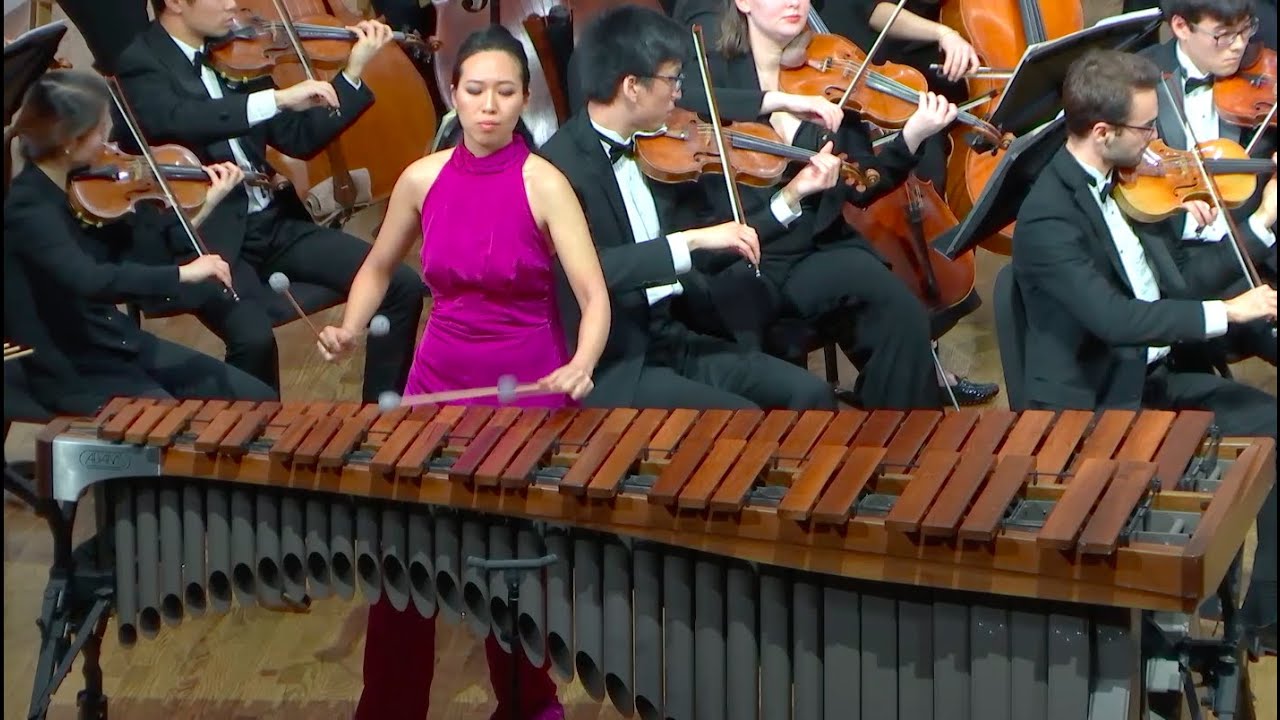Home>Production & Technology>Orchestra>Which Instrumental Family Has The Melody In The Classical Orchestra?
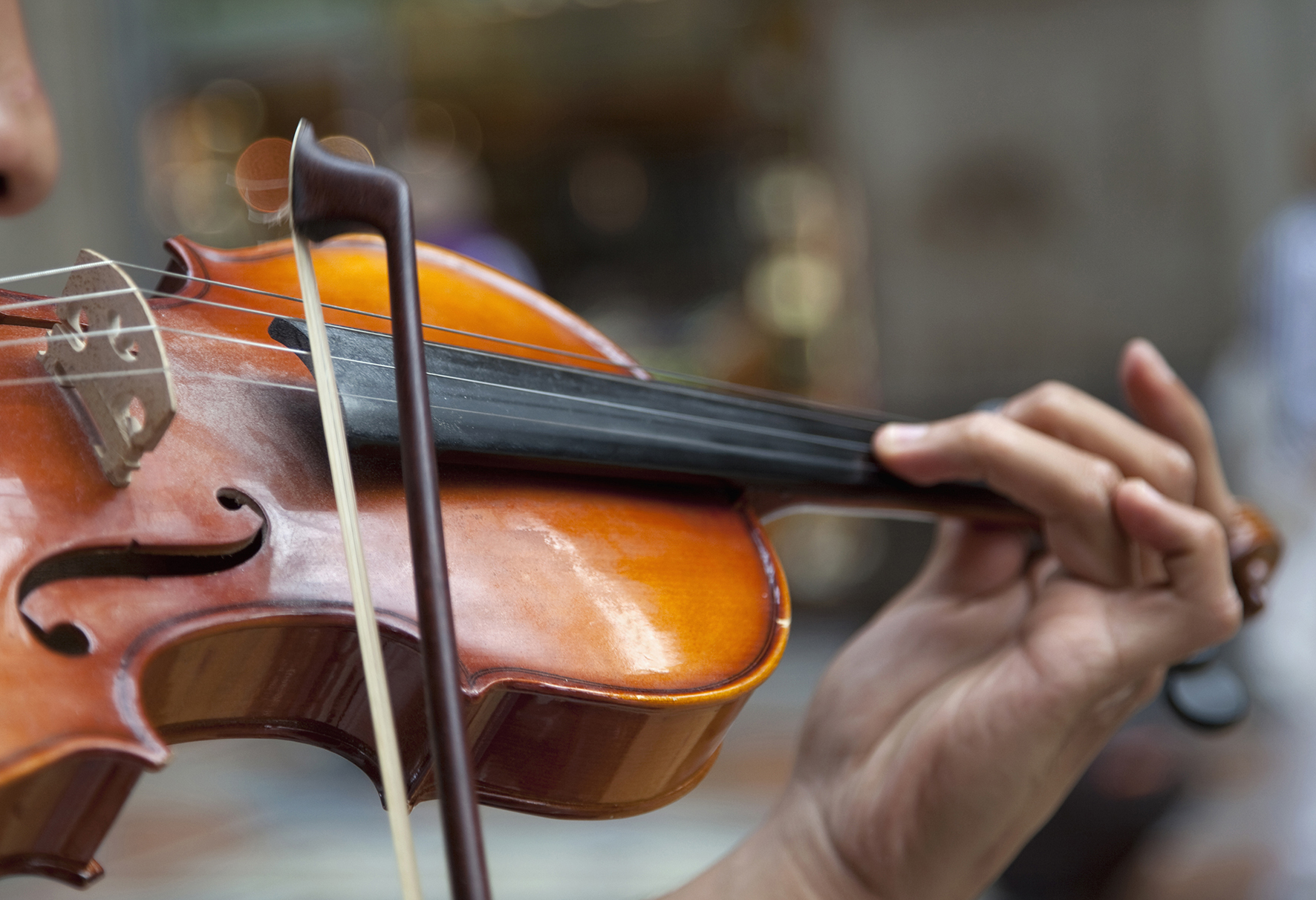

Orchestra
Which Instrumental Family Has The Melody In The Classical Orchestra?
Published: February 24, 2024
Discover the role of the melody in the classical orchestra and the instrumental family that brings it to life. Learn about the orchestra's captivating harmony and dynamics.
(Many of the links in this article redirect to a specific reviewed product. Your purchase of these products through affiliate links helps to generate commission for AudioLover.com, at no extra cost. Learn more)
Table of Contents
Introduction
When you attend a classical orchestra performance, you are enveloped in a rich tapestry of sound, each note meticulously crafted and meticulously played. The orchestra is a symphony of musical instruments, each with its own unique timbre and role. However, have you ever wondered which instrumental family carries the melody in the classical orchestra?
The answer lies in the intricate dynamics of orchestration. The melody, often the most recognizable and emotive part of a musical piece, is typically carried by the string family. This family comprises the violin, viola, cello, and double bass, each instrument contributing its distinct voice to the ensemble. The strings possess a remarkable versatility, capable of producing soaring, lyrical melodies as well as intricate, virtuosic passages. As the backbone of the orchestra, the string section sets the stage for the emotional narrative of the music, drawing the audience into its enchanting web.
However, the strings do not stand alone in this endeavor. They are complemented and enriched by the woodwind, brass, and percussion families, each adding their own colors and textures to the orchestral tapestry. The woodwinds, including the flute, oboe, clarinet, and bassoon, bring a delicate, ethereal quality to the music, often intertwining with the strings to create enchanting harmonies and counterpoints. The brass section, featuring the majestic trumpet, French horn, trombone, and tuba, lends grandeur and power to the orchestral sound, adding regal fanfares and triumphant declarations to the melodic landscape. Meanwhile, the percussion instruments, such as the timpani, snare drum, and cymbals, provide rhythmic drive and dramatic accents, heightening the emotional impact of the music.
In the following sections, we will delve into the unique characteristics of each instrumental family, exploring their roles and contributions to the orchestral melody. By understanding the distinct qualities of these instrument groups, we can gain a deeper appreciation for the artistry and craftsmanship that underpin the captivating performances of the classical orchestra.
The String Family
The string family forms the heart and soul of the classical orchestra, wielding the power to enchant and captivate audiences with its expressive melodies and lush harmonies. At the forefront of this family is the violin, a virtuosic instrument renowned for its soaring, crystalline tones and emotive capabilities. Its smaller counterpart, the viola, possesses a warm, mellow timbre, often providing rich, sonorous harmonies that complement the violin's melodic lines. The cello, with its deep, resonant voice, adds a soul-stirring depth to the ensemble, capable of evoking profound emotions with its poignant melodies. Lastly, the double bass, with its commanding presence and robust sound, anchors the entire string section, providing a solid foundation for the orchestral sound.
The string family's ability to convey a wide range of emotions is unparalleled, making it the ideal candidate to carry the melodic essence of the music. From tender, lyrical passages to impassioned, dramatic outbursts, the strings excel in conveying the intricate nuances of the musical narrative. Their seamless legato lines, agile arpeggios, and impassioned vibrato infuse the music with a profound sense of depth and emotion, drawing listeners into the captivating world of the orchestral performance.
Furthermore, the strings are adept at executing intricate ornamentations and virtuosic passages, showcasing their technical prowess and artistry. Their ability to perform rapid scales, dazzling trills, and expressive glissandos adds an element of excitement and brilliance to the melodic tapestry, elevating the music to new heights of virtuosity and allure.
In addition to their melodic prowess, the strings also excel in creating rich, multi-layered textures through techniques such as pizzicato (plucking the strings) and sul ponticello (playing near the bridge), adding a diverse range of tonal colors to the orchestral palette. These techniques, combined with the strings' ability to seamlessly blend and contrast with other instrumental families, contribute to the orchestral sound's captivating complexity and depth.
In essence, the string family's ability to convey profound emotions, execute intricate passages, and create rich textures makes it the cornerstone of the orchestral melody. Its evocative power and unparalleled expressiveness ensure that the classical orchestra's melodic essence is carried with grace, passion, and artistry, captivating audiences and stirring their souls with each resounding note.
The Woodwind Family
The woodwind family, a vital component of the classical orchestra, imparts a delicate and ethereal quality to the music, enriching the orchestral melody with its distinctive timbres and expressive capabilities. Comprising instruments such as the flute, oboe, clarinet, and bassoon, the woodwinds play a pivotal role in enhancing the melodic tapestry woven by the orchestra.
At the forefront of the woodwind family is the flute, an instrument revered for its shimmering, crystalline tones and agile, lyrical melodies. Its radiant sound effortlessly floats above the orchestral texture, infusing the music with an airy, transcendent quality. The flute's ability to execute graceful trills, cascading arpeggios, and fluttering runs adds a whimsical and enchanting dimension to the melodic landscape, evoking images of fluttering birds and dancing light.
The oboe, with its plaintive and expressive voice, brings a soul-stirring depth to the woodwind section. Capable of conveying poignant melodies and melancholic phrases, the oboe possesses a haunting quality that tugs at the heartstrings, infusing the music with a profound sense of longing and introspection. Its rich, reedy timbre adds a poignant warmth to the orchestral melody, creating moments of introspective beauty and emotional resonance.
Meanwhile, the clarinet, with its velvety, mellifluous tones, lends a smooth and expressive quality to the woodwind ensemble. Renowned for its lyrical capabilities and seamless legato phrasing, the clarinet weaves sinuous, mellifluous melodies that intertwine with the orchestral fabric, adding a sense of fluidity and grace to the music. Its ability to evoke a wide range of emotions, from tender introspection to exuberant exultation, makes it a versatile and indispensable voice in the woodwind family.
Lastly, the bassoon, with its deep, resonant timbre and robust, sonorous presence, anchors the woodwind section, adding a rich, earthy foundation to the orchestral sound. Capable of delivering agile, playful melodies as well as solemn, weighty passages, the bassoon imparts a sense of depth and gravitas to the woodwind family, enriching the orchestral melody with its commanding presence and expressive range.
In essence, the woodwind family's ability to convey a wide spectrum of emotions, from ethereal lightness to profound introspection, makes it an indispensable contributor to the orchestral melody. Its delicate timbres, expressive capabilities, and seamless integration with the other instrumental families enrich the orchestral tapestry, ensuring that the melodic essence of the classical orchestra resonates with captivating allure and emotional depth.
The Brass Family
The brass family, a stalwart presence in the classical orchestra, bestows upon the music a regal and majestic quality, infusing the melodic landscape with grandeur and power. Comprising instruments such as the trumpet, French horn, trombone, and tuba, the brass section commands attention with its resplendent tones and commanding presence.
At the forefront of the brass family stands the trumpet, a beacon of brilliance and exuberance. Renowned for its clarion, penetrating sound and triumphant fanfares, the trumpet adds a resplendent brilliance to the orchestral melody, evoking images of regal processions and triumphant celebrations. Its ability to soar above the orchestral texture with radiant, heroic melodies and dazzling flourishes makes it a captivating and indomitable force within the brass section.
The French horn, with its noble and sonorous timbre, imbues the orchestral melody with a sense of warmth and nobility. Capable of delivering mellifluous, lyrical lines as well as majestic, heroic themes, the French horn possesses a versatile and expressive voice that adds a rich, golden hue to the orchestral tapestry. Its evocative capabilities and seamless integration with the orchestral ensemble make it an indispensable contributor to the melodic essence of the classical orchestra.
Meanwhile, the trombone, with its bold, robust sound and commanding presence, adds a sense of gravitas and power to the brass section. Capable of delivering stirring, heroic themes as well as solemn, weighty passages, the trombone's resonant voice resonates with a sense of grandeur and authority, enriching the orchestral melody with its commanding presence and expressive range.
Lastly, the tuba, with its deep, sonorous tones and commanding presence, anchors the brass section, providing a solid foundation for the orchestral sound. Capable of delivering majestic, rumbling themes as well as agile, playful passages, the tuba imparts a sense of depth and resonance to the brass family, adding a rich, earthy foundation to the orchestral melody.
In essence, the brass family's ability to convey grandeur, nobility, and power makes it an indispensable contributor to the orchestral melody. Its resplendent tones, commanding presence, and seamless integration with the other instrumental families enrich the orchestral tapestry, ensuring that the melodic essence of the classical orchestra resonates with captivating allure and regal splendor.
The Percussion Family
The percussion family, often hailed as the heartbeat of the classical orchestra, holds the power to infuse the orchestral melody with rhythmic drive, dramatic accents, and evocative textures. Comprising instruments such as the timpani, snare drum, bass drum, cymbals, and a myriad of other auxiliary percussion instruments, the percussion section adds a dynamic and vibrant dimension to the orchestral tapestry.
At the forefront of the percussion family stands the timpani, also known as the kettle drums, which commands attention with its resonant, thunderous tones and commanding presence. Capable of delivering majestic, thundering rolls as well as dramatic, emphatic accents, the timpani imparts a sense of grandeur and power to the orchestral sound, adding a rich, earthy foundation to the melodic landscape. Its evocative capabilities and seamless integration with the orchestral ensemble make it a vital contributor to the rhythmic and textural essence of the classical orchestra.
The snare drum, with its crisp, staccato articulations and lively, rhythmic patterns, infuses the orchestral melody with a sense of vitality and energy. Its ability to deliver vibrant, pulsating rhythms as well as dramatic, percussive accents adds a dynamic and invigorating quality to the orchestral texture, creating moments of rhythmic excitement and dramatic flair. The snare drum's versatility and expressive range make it an indispensable voice in the percussion family, enriching the orchestral tapestry with its rhythmic prowess and vibrant character.
The bass drum, with its deep, resonant tones and commanding presence, anchors the percussion section, providing a solid foundation for the orchestral sound. Capable of delivering thunderous, reverberating beats as well as solemn, weighty accents, the bass drum imparts a sense of depth and resonance to the rhythmic landscape, adding a rich, earthy foundation to the orchestral melody. Its commanding presence and expressive range ensure that the percussive essence of the classical orchestra resonates with captivating allure and dramatic impact.
In essence, the percussion family's ability to convey rhythmic drive, dramatic accents, and evocative textures makes it an indispensable contributor to the orchestral melody. Its dynamic and vibrant presence, combined with its seamless integration with the other instrumental families, enriches the orchestral tapestry, ensuring that the rhythmic and textural essence of the classical orchestra resonates with captivating allure and dramatic impact.
Conclusion
In the realm of the classical orchestra, the interplay of instrumental families creates a mesmerizing tapestry of sound, each contributing its unique colors and textures to the melodic landscape. At the heart of this orchestral symphony lies the string family, wielding its emotive power and virtuosic capabilities to carry the melodic essence of the music. The violins, violas, cellos, and double basses intertwine their voices, weaving a spellbinding narrative that captivates audiences with its emotional depth and expressive allure.
Complementing the strings, the woodwind family adds a delicate and ethereal quality to the orchestral melody, infusing the music with its shimmering tones and expressive capabilities. The flutes, oboes, clarinets, and bassoons intertwine with the strings, creating enchanting harmonies and evocative counterpoints that elevate the melodic tapestry to new heights of beauty and introspection.
Meanwhile, the brass family bestows upon the music a regal and majestic quality, infusing the melodic landscape with grandeur and power. The trumpets, French horns, trombones, and tubas resound with triumphant fanfares and noble themes, adding a resplendent brilliance to the orchestral melody that stirs the soul and ignites the imagination.
Not to be overlooked, the percussion family, with its rhythmic drive and evocative textures, imbues the orchestral melody with vitality and dramatic flair. The timpani, snare drums, bass drums, and cymbals punctuate the music with thunderous accents and pulsating rhythms, adding a dynamic and vibrant dimension to the orchestral tapestry that enlivens the senses and quickens the pulse.
In the symphonic tapestry of the classical orchestra, each instrumental family plays a vital role in shaping the melodic essence of the music, contributing its distinct voice to the enchanting narrative. The seamless integration of the strings, woodwinds, brass, and percussion creates a captivating and immersive musical experience, drawing listeners into a world of emotive beauty, expressive richness, and dynamic energy.
As the final notes fade into the ether, the orchestral melody lingers in the air, leaving an indelible impression on the hearts and minds of the audience. It is a testament to the unparalleled artistry and craftsmanship of the instrumental families, whose collective voices unite to weave a symphonic tapestry that transcends time and touches the soul. In the realm of the classical orchestra, the melody is not merely heard—it is felt, experienced, and cherished, a testament to the enduring power of musical expression and the timeless allure of orchestral artistry.

